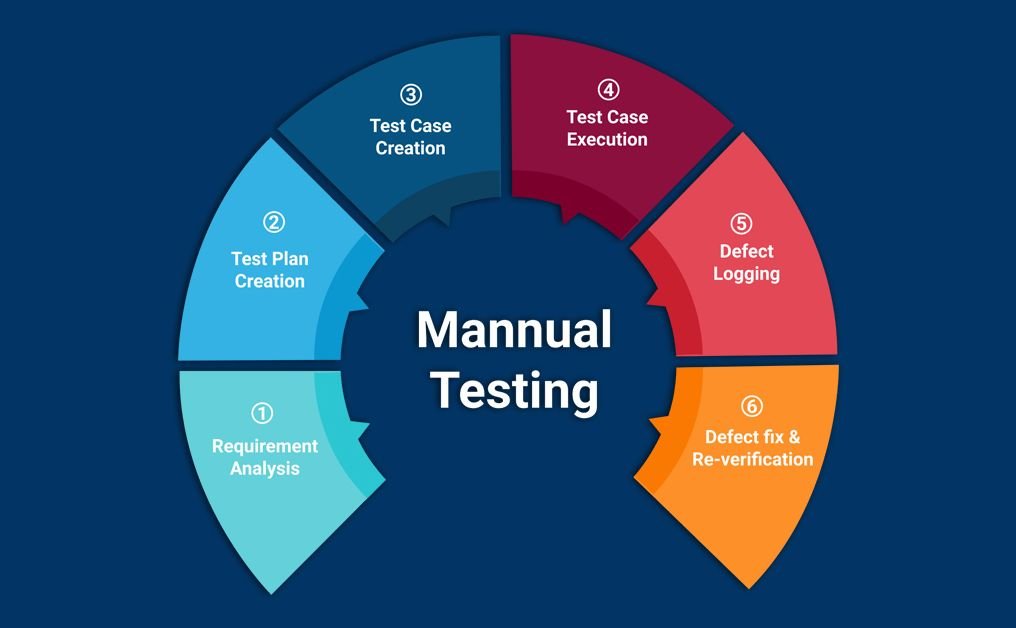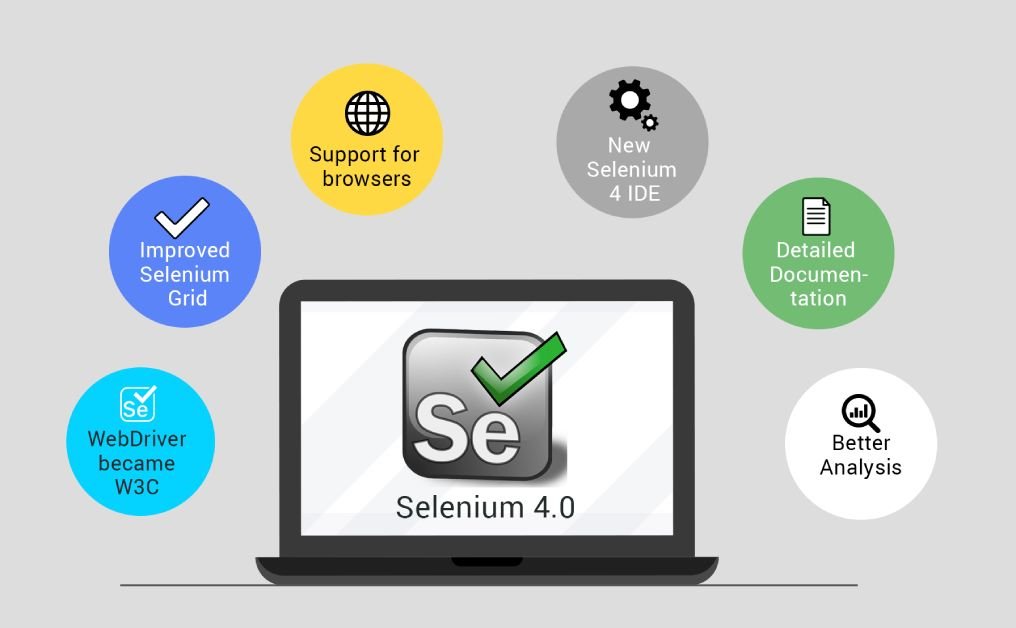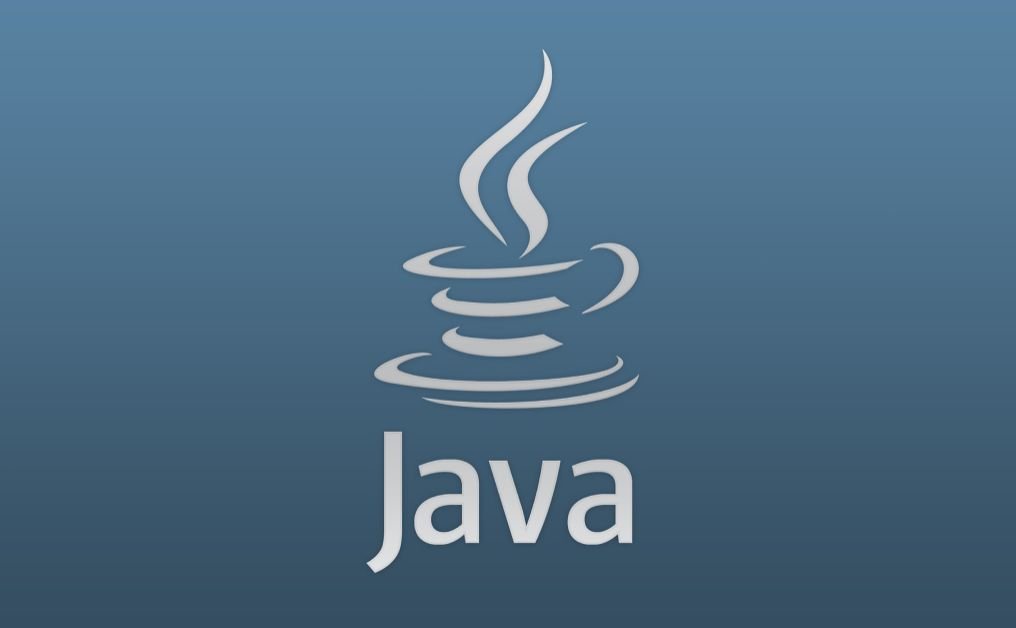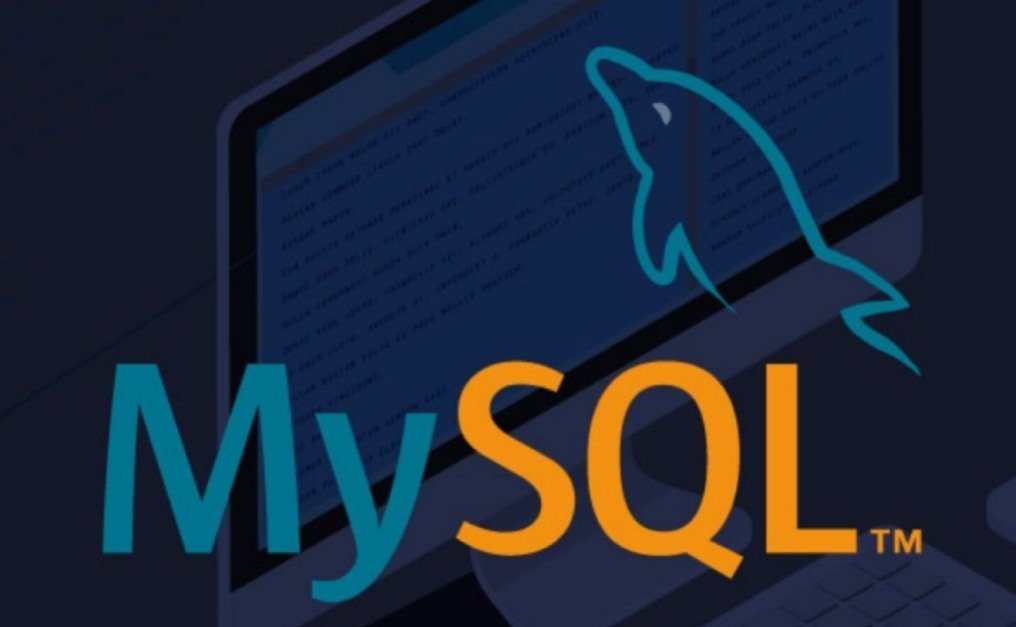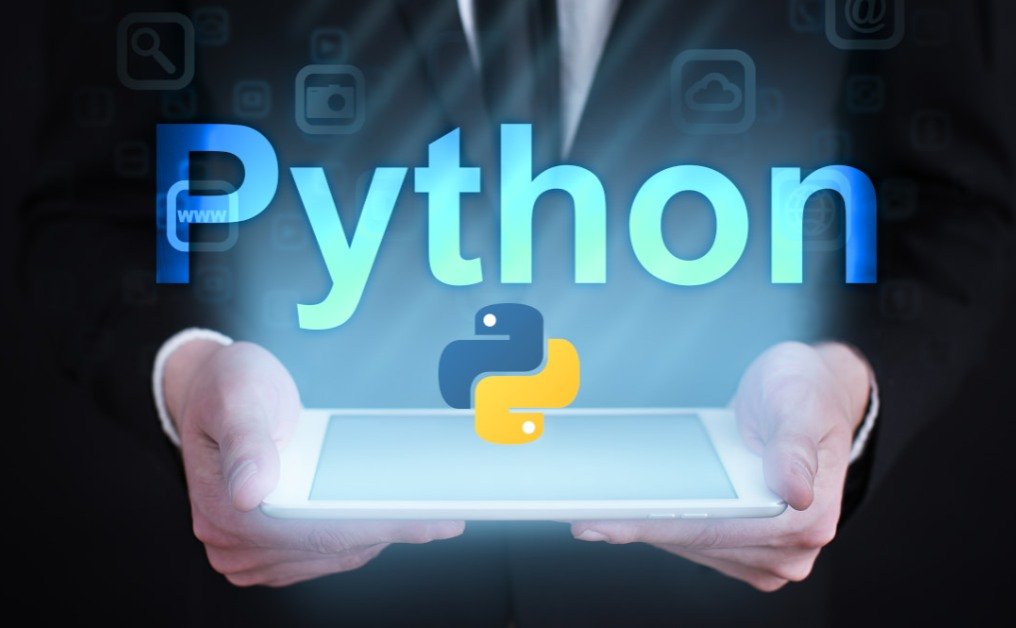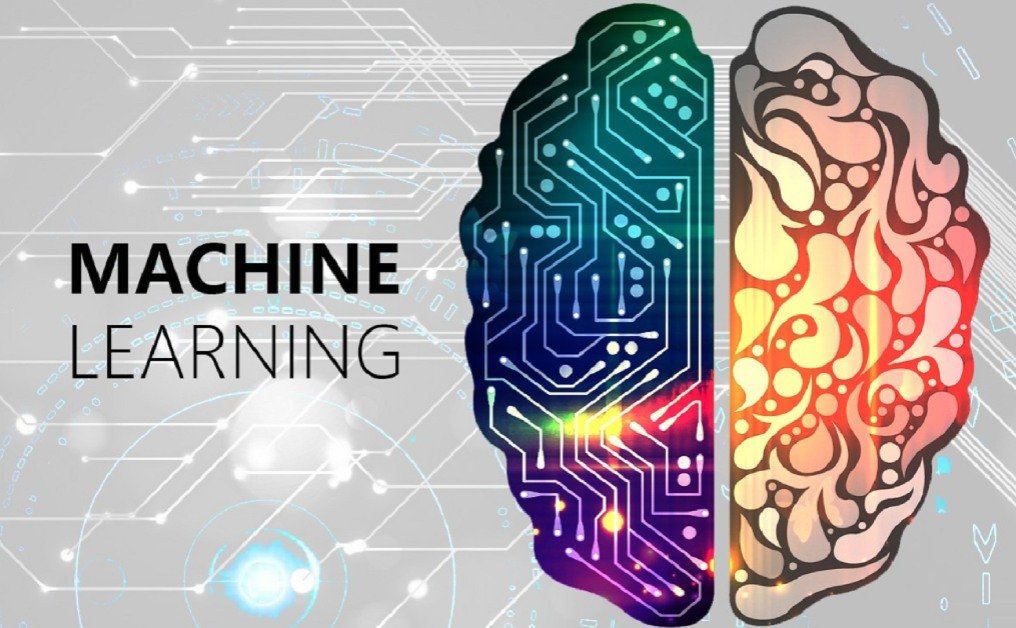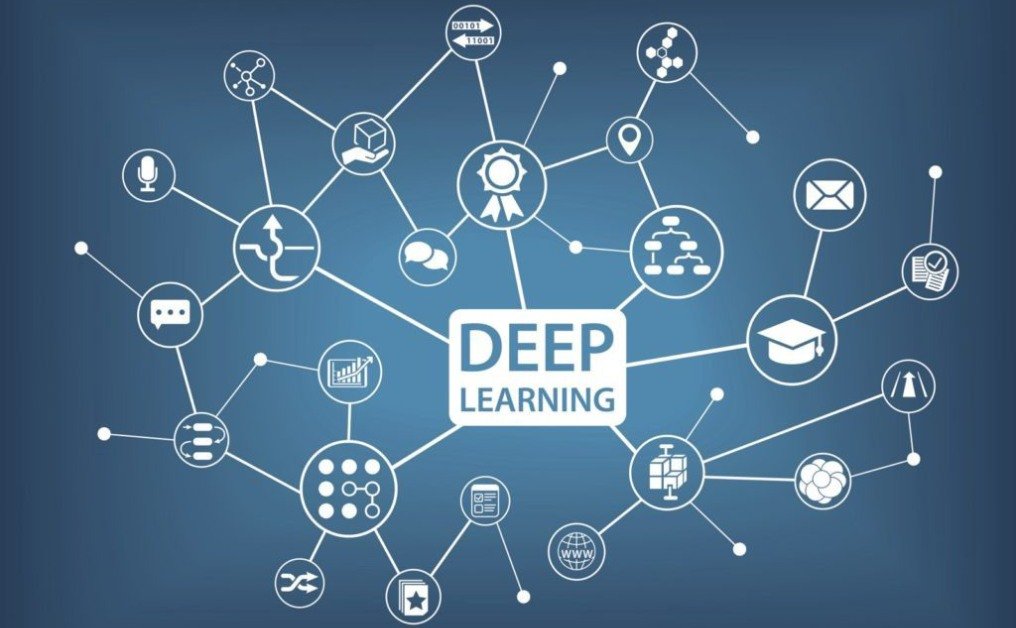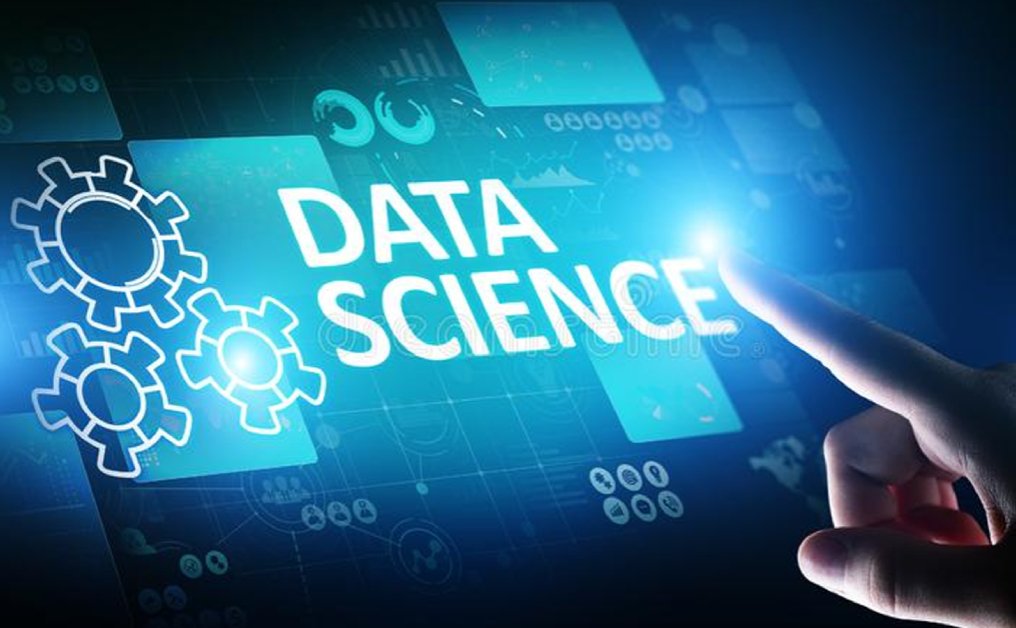
Data Science
Data science is making an impact on the future of businesses across the world. By leveraging data to gain insights and make decisions, businesses are able to make informed decisions that drive growth and success. Here are some of the ways data science is changing the way businesses operate and the potential impact it can have on the future.
Uncovering New Opportunities
Data science enables businesses to uncover new opportunities that may have been previously overlooked. By analyzing data, businesses can spot trends and gain insights that can be used to drive new products, services and business models. With the power of data science, businesses are able to find new opportunities that can lead to growth and success.
Improving Efficiency
Data science is also helping businesses to become more efficient. By analyzing data, businesses can identify areas of improvement and optimize their processes to become more efficient. This can lead to cost savings and improved productivity, allowing businesses to focus their resources on more important tasks.
Enhancing Decision Making
Data science also enables businesses to make better decisions. By leveraging data to gain insights, businesses can make decisions that are backed by data and evidence. This helps businesses to make decisions that are more informed and accurate, making them more likely to succeed.
Data-Driven Strategies
Data science is also helping businesses to develop data-driven strategies. By utilizing data to gain insights and make decisions, businesses can develop strategies that are tailored to their individual needs and goals. This can lead to better results and more successful strategies that drive growth and success. Data science is revolutionizing the way businesses operate and the impact it can have on the future of business is immense. By leveraging data to gain insights and make decisions, businesses can uncover new opportunities, become more efficient, enhance their decision making and develop data-driven strategies. This will help businesses to remain competitive and successful in the future.
About Courses
With the amount of data that is being generated and the evolution in the field of Analytics, Data Science has turned out to be a necessity for companies. To make most out of their data, companies from all domains, be it Finance, Marketing, Retail, IT or Bank. All are looking for Data Scientists. This has led to a huge demand for Data Scientists all over the globe. With the kind of salary that a company has to offer and IBM is declaring it as trending job of 21st century, it is a lucrative job for many. This field is such that anyone from any background can make a career as a Data Scientist.

Eligible Criteria
Any Degree Holder (B.Sc/BCA/B.E/B.Tech /M.Sc/MCA/M.E/M.Tech…)
Total Hours: 120 Hr
Enquiry About Certification

Course Syllabus
- Market trend of Data Science
- Opportunities for Data Science
- What is the need for Data Scientists?
- What is Data Science
- Data Science Venn Diagram
- Data Science Use cases
- Knowing the roles of a Data Science practitioner
- Data Science – Skills set
- Understanding the concepts & definitions of:
- What is Business Intelligence?
- What is ETL?
- Layers of a Data Warehouse
- OLAP VS OLTP
- Facts and Dimensions
- Big Data tools and it’s uses
- Big Data Stack
- Understanding Structured text Data
- Understanding Unstructured text Data
- Understanding Descriptive vs Predictive vs Prescriptive Analytics
- Difference between Analytics Analysis
- Data Science Project Lifecycle
- Technology Stack Involved in the Lifecycle
- Machine Learning tools
- Development tools
- Languages
- Data Platforms
- CRISP – Cross-industry standard process for Data Mining
- 5WIH – The questions that kick start a ML project
- 80-20 Rule of Data Analytics
- Supervised Vs Unsupervised Learning
- Data Science – Use case bubble
- Data Mining
- Data Wrangling or Data Munging
- Data Categorization basics
- Different Types of Data
- Types of Data Collection
- Data Sources
- Data Collection plan
- Data Quality Issues
- Types of Data Error
- Ration Scale Vs Interval Scale
- Predictors/Features vs Predictions/Labels
- Understanding Imbalance in Data
- What is Statistics
- Sample Vs Population
- Measure of central vs Dispersion
- Frequency Distribution
- Cumulative Frequency Distribution
- Mean, Median, Mode
- Quartiles/Percentile
- Range, Variance, Standard Deviation, Co-efficient of Variation
- 68-95-99 Rule of SD
- Z Score (Standard Score)
- P-Value
- Maximum Likelihood Estimation
- Probability vs Likelihood
- PDF vs PMF
- Normal Distribution of Data
- Skewness & it’s types
- Kurtosis & it’s types
- Kth Central Moments
- Co-Variance/Joint Probability Distribution
- Correlation
- Entropy
- ANOVA
- Chi-Square
- F tests
- Types of Data Distribution
- Anaconda & Python
- Understanding Jupiter Notebooks
- Python Package Installation
- Tableau Installation
- Oracle Database & Server
- Concept of List, Data frame, Dictionary
- Connecting to Databases using Python
- Importing data from csv, text, Excel
- Converting JSON, XML, to Data frame
- Understanding EDA
- Frequency Distribution
- Analyzing NA, blanks
- Using SQL concepts inside Python
- Handling missing Values
- Handling Outliers
- Normalization techniques
- Standardization techniques
- Regularization techniques
- Feature Extraction
- Train Test data selection
- No Free Lunch
- Hypothesis vs Null Hypothesis
- BIAS VS Variance tradeoff
- Local Vs Global Minima/Maxima
- Bias – Loss/ Loss-Cost Function
- Understanding Regression math
- Linear Algebra concepts
- Least Mean Square
- Analyzing Co-relation
- Heat Maps, Pair Plots, Distribution Graphs
- Simple Vs Multiple Linear regression
- Train Test data selection
- Understanding the math
- Polynomial Algebra concepts
- Degree of Polynomial
- Overfitting/ Under fitting/ Optimal Fits
- Handling Categorical Data inside
- Confusion Matrix
- Type I & Type II errors
- Precision Vs Accuracy
- AUC/ROC curve
- Understanding the statistics behind Logistic Sigmoid
- Logistic regression math
- Understanding the Decision Tree & Bagging
- Math behind Classification and Regression in tree
- Decision Tree concepts
- Using Random Forest for Regression
- K fold Cross Validation
- Model Optimizers
- Hyper parameter Tuning
- Building a Decision Trees Model in R
- Understanding the Naïve Bayes theorem
- Bayesian Vs Gaussian theorems
- Using naïve Bayes for Regression
- Model Optimizer
- Label Encoding
- One hot encoding
- Synonym treatment
- Stemming
- Lemmatization
- Stop words
- Parts Of Speech Tagging
- TF-IDF and its math Behind
- Understanding the SVM Concept
- Hyper plane and Kernel
- Using SVM for Regression
- Grid Search
- Model Optimizers
- Hyper parameter Tuning
- Understanding the Boosting Concept
- Hyper plane and Kernel
- Learning Rate
- Model Optimizers
- Hyper parameter Tuni
- Understanding Nearest Neighbors concept
- Statistics behind K Means Clustering Algorithm
- Understanding Deep learning
- MLP Vs other Deep Learning
- How Neural Network works & Architecture
- Activation
- Model Optimizers
- Hyper parameter Tuning
- Best Practice and when to use DL
- Introduction to ai
- Pros and Cons
- Available models in ai
- Introduction to Sampling
- Over sampling and Under sampling
- SMOTE/SMOTENC & Near Miss
- Pros and Cons of sampling
- Introduction to DR
- PCA & it’s code
- Introduction to Pyinstaller
- Pickle and Joblib
- Introduction to Tableau
- Data sources
- Exploratory Data Analysis
- Clustering Analysis and Inferences using Tableau
- Creating visualizations
Course Enquiry
To schedule your training at your convenient time
Success Stories
Our students come from wide spectrum of backgrounds ranging from undergrads at small engineering colleges to experienced engineers at Google/Microsoft/Amazon.










